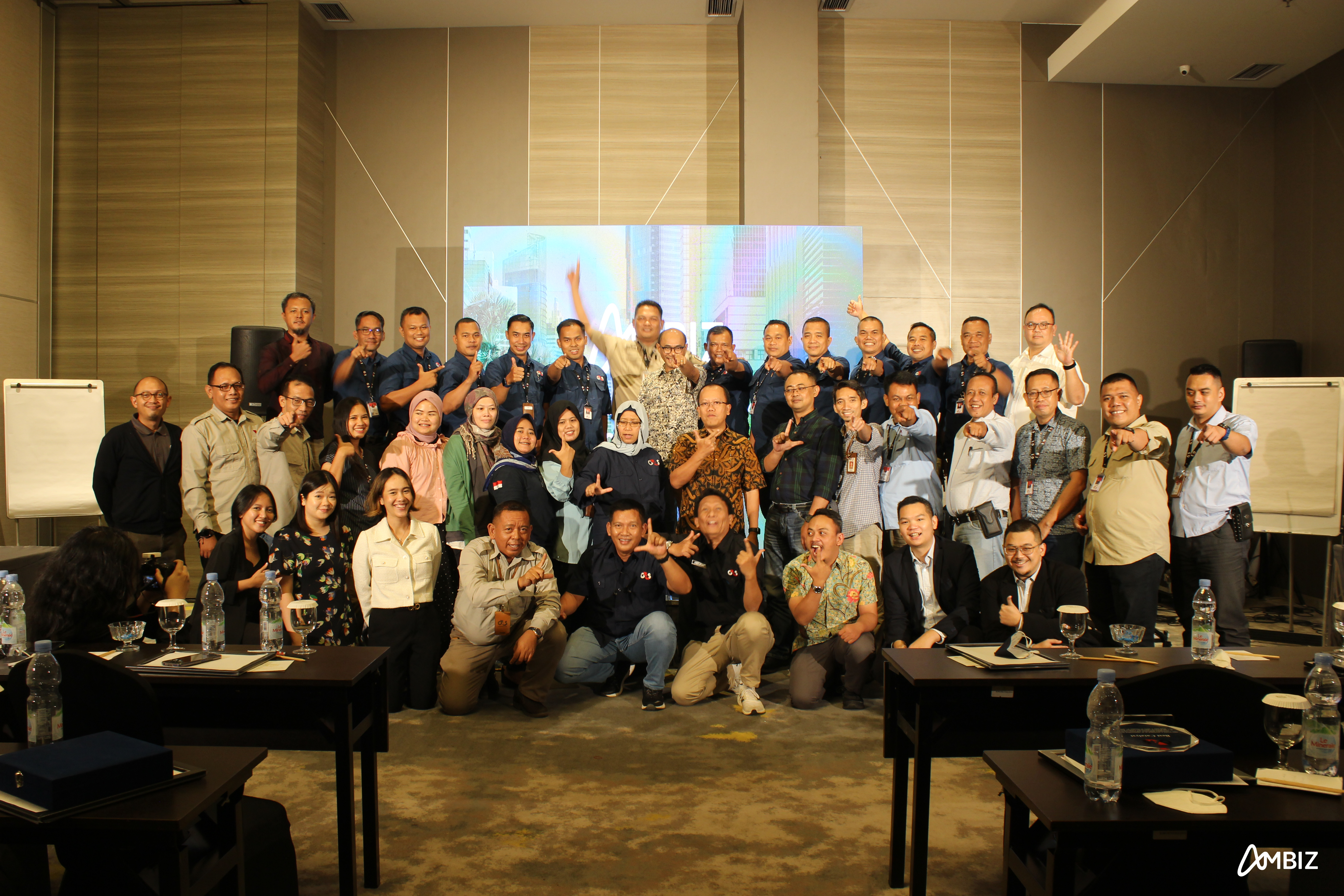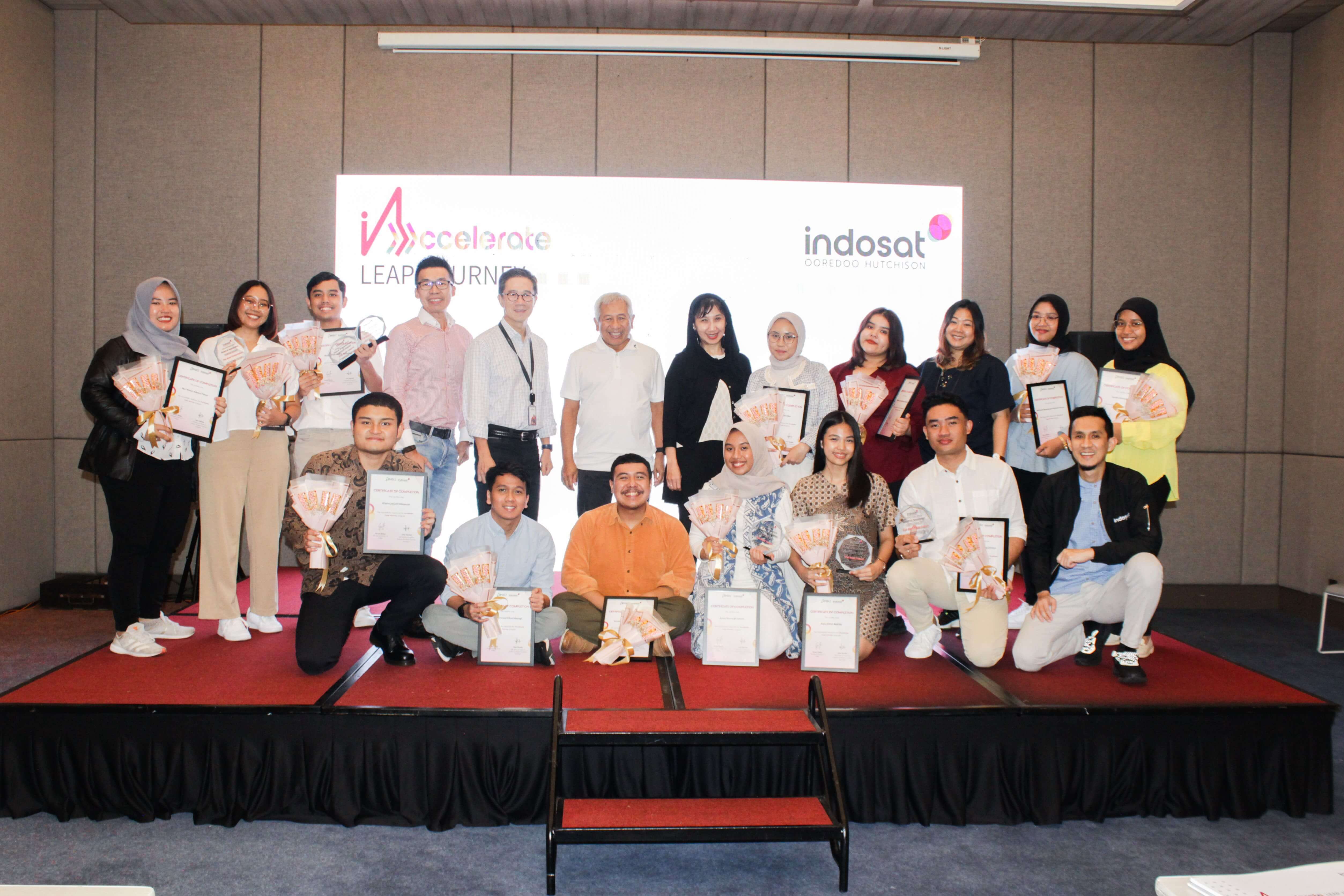Why is lecture-based training ineffective?
Many companies still rely on lecture-based teaching methods to prepare
their new HR employee for the job. This happens because lecture-based teaching methods are easier
and cheaper to do. However, studies have shown that lecture-based teaching methods are boring and
ineffective in helping people to learn [1]. This meta-analysis study found that students who are
taught with a lecture-based teaching method are 1.5 times more likely to fail exams than students
who are taught with an active teaching method. Meaning that students who are taught with an active
teaching method are 1.5 times more likely to succeed in their exams. This meant that an active
teaching method is more effective than a lecture-based teaching method.
Kelly [2] an expert on education stated that one of the disadvantages of
lecture-based teaching is that lecture-based teaching tends to be long and monotonous which creates
difficulties for even the most diligent students in class to engage. Lack of engagement during the
class leads to the feeling of boredom and lack of focus experienced by the students. Furthermore,
lecture-based teaching also doesn’t leave room for questions, making confused students even more
likely to shut down. In other words, lecture-based teaching methods make it very difficult for even
the most diligent students to learn about the teaching material and might cause confused students to
completely stop trying to learn.










